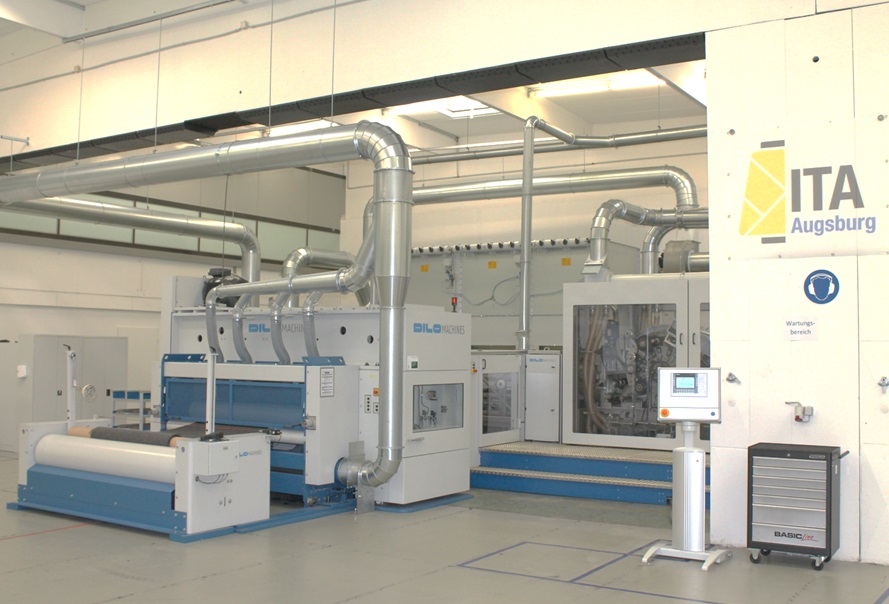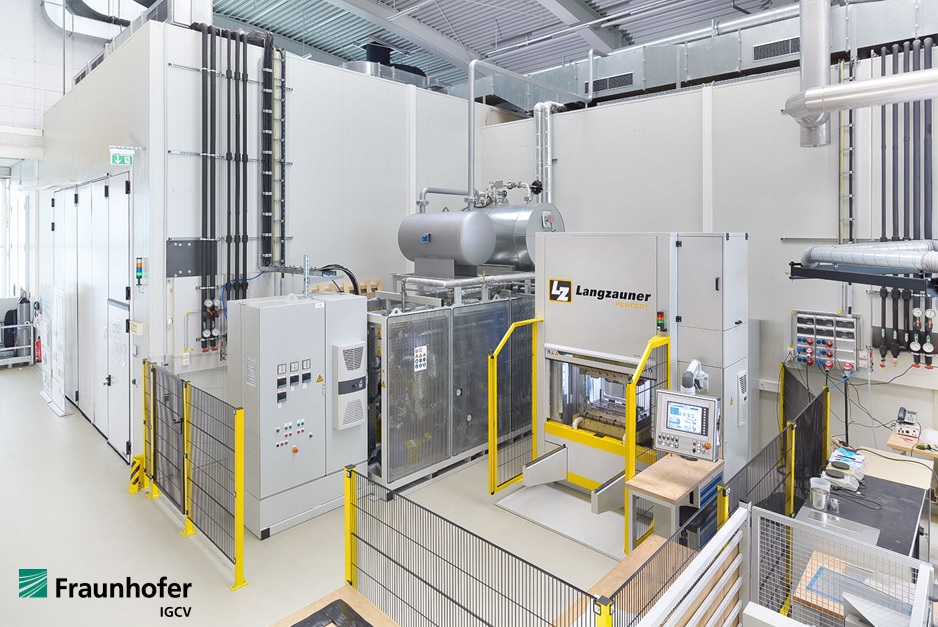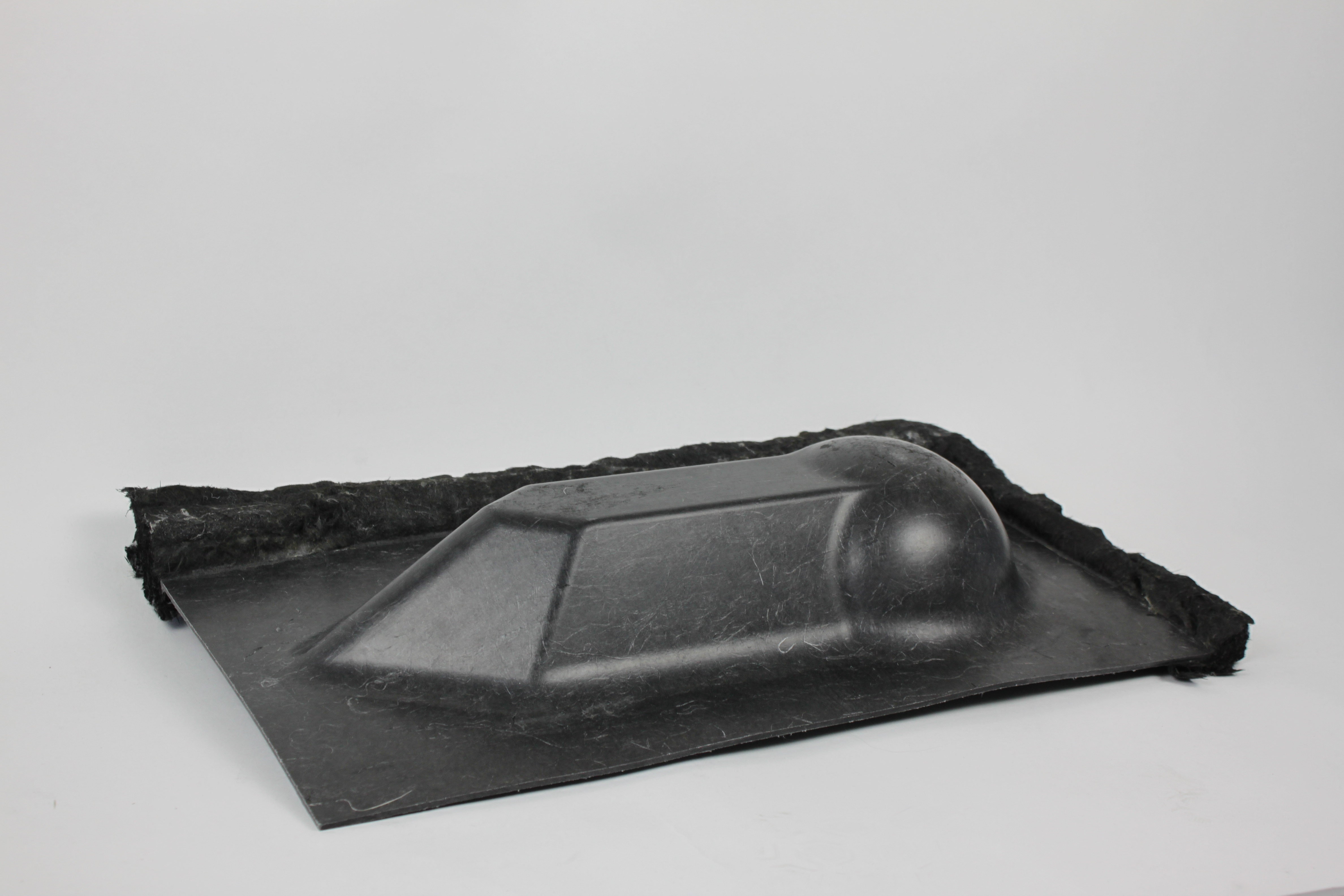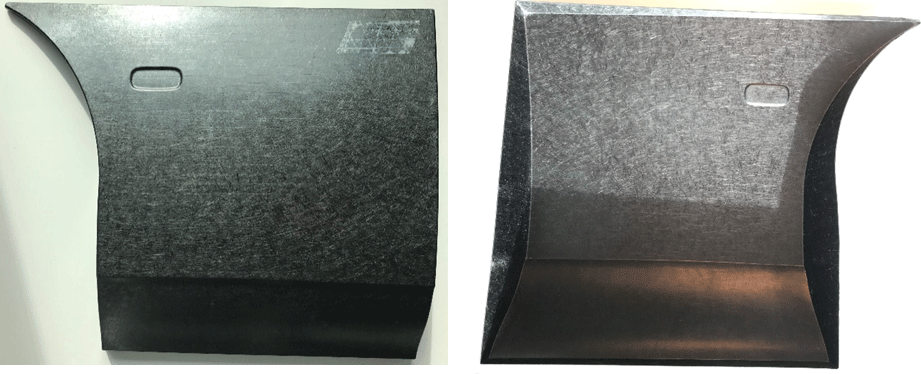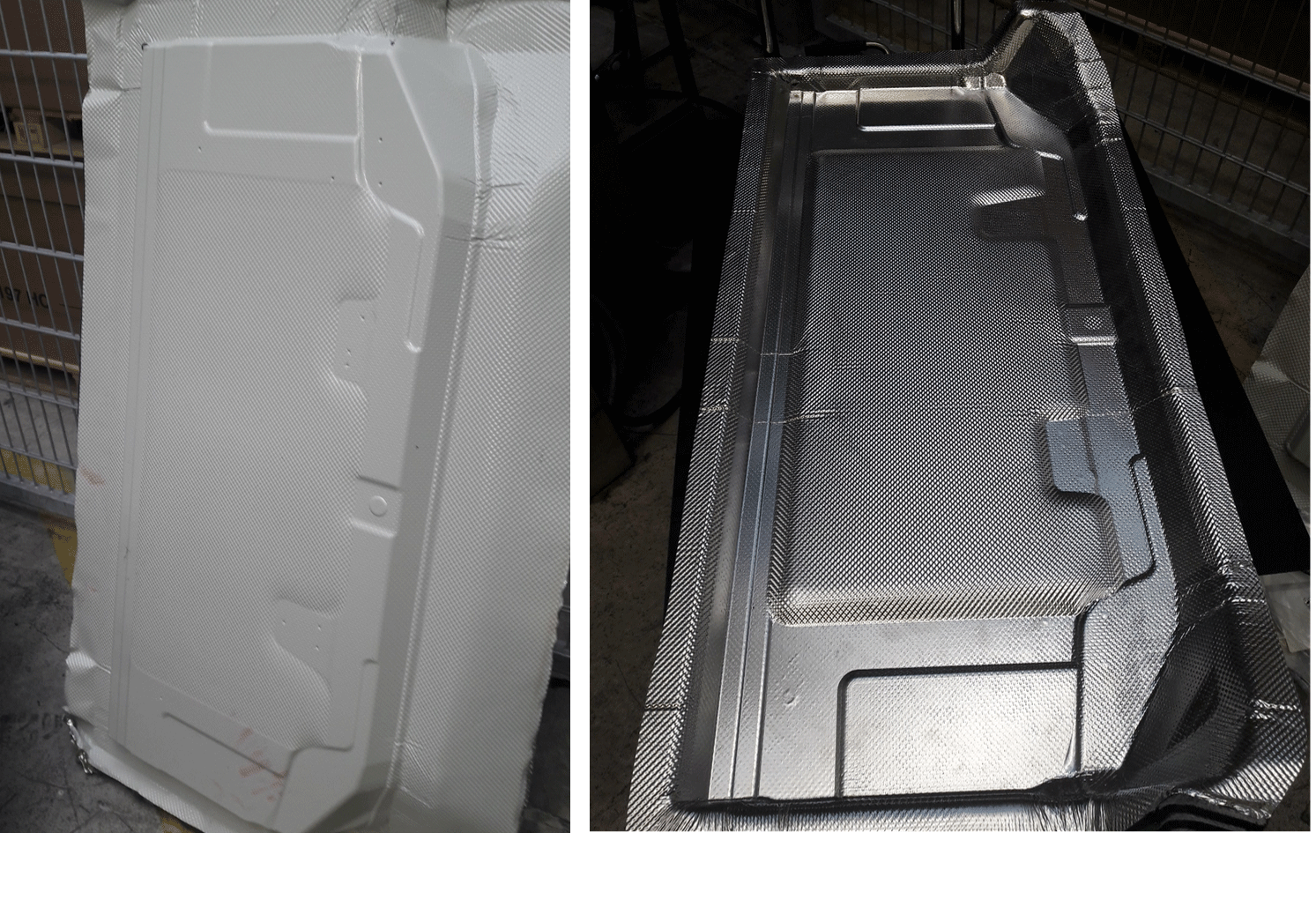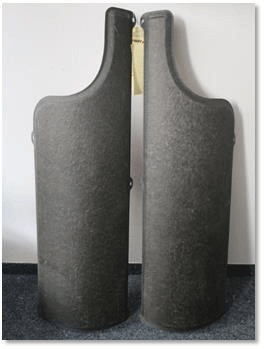Recycling of carbon fiber reinforced plastic (CFRP)
With the development of production methods suitable for series production, the use of carbon fiber reinforced plastics (CFRP) has increased significantly in recent years. As a lightweight construction material with outstanding specific stiffness and strength, the importance of this material will continue to increase in the future, especially in the automotive sector. With the increased use of CFRP in series production applications, the recycling of waste is also gaining in importance. Not only the future sharp increase in the amount of waste generated by components at the end of their duration of use, but also the quantities currently generated as production waste are of importance.
A higher-value recovery of CFRP waste and offcuts is absolutely necessary and advisable due to the potential of carbon fibers and the high energy input for the production of the fibers. A comprehensive, high-quality recycling of CFRP will improve the overall energy and economic balance of the carbon fiber. The lack of continuity in the CFRP recycling chain currently represents a major obstacle to the usability of the lightweight construction material CFRP and ultimately to the achievement of climate targets.
